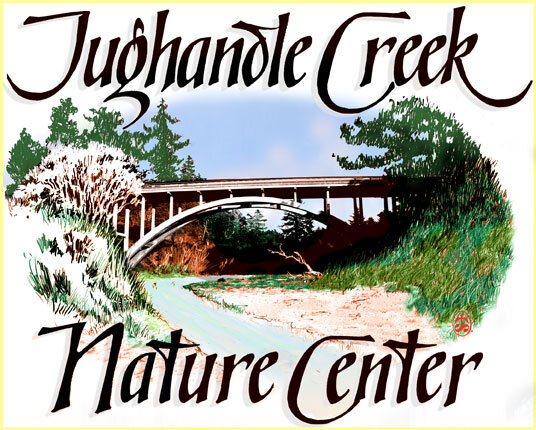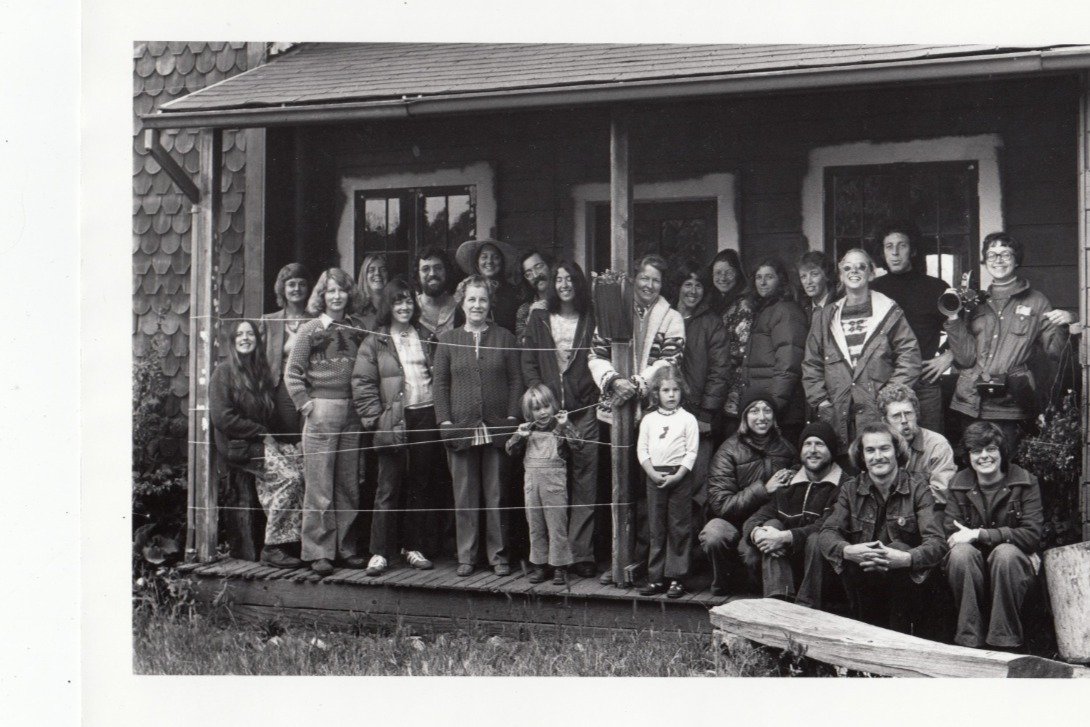The Story of the Saving of Jug Handle Reserve & Farm from Development & Logging.
North of San Francisco, and halfway between Mendocino and Fort Bragg, lies the small town of Caspar, and Jug Handle State Park (SNR). Heavily logged right from California's beginnings, the towns along California's North Coast paid a heavy price in the state's developing economy, and by the 1950's, it showed. Following a resurgent Mendocino courtesy of artist Bill Zacha, the dwarf forest along Jug Handle creek now known as the Pygmy Forest was gaining attention.
John Olmsted began teaching Natural History classes to hundreds of students - of all ages across California and the Pygmy Forest and Mendocino Coast became a favorite study area,
Jug Handle Creek Farm and the Jug Handle State Park Reserve were both saved from development by a nonprofit called the California Institute of Man in Nature, which was founded by John Olmsted and other likeminded naturalists and educator’s. Founded in 1968, it was a precursor to Jug Handle Creek Farm.
The story starts when two critical parcels of land (later to become part of Jug Handle State Park Reserve) where put up for sale in 1970. A developer submitted plans for an 80-room hotel overlooking Jug Handle Beach on one parcel, and the other parcel was slated for industrial logging. At the time, the Institute of Man in Nature was providing U.C. Berkeley Extension programs at the Mendocino Art Center. Board members of the Institute of Man in Nature became aware of the impending development and sprang into action.
The Institute initiated a ninth hour injunction against the development and participated in a lawsuit that literally halted the bulldozers and ultimately prevented the hotel development on the south headland of Jug Handle Creek Beach. The planned 80‐room motel, restaurant, and bar would have marred the serenity of jug handle beach and limited public access to Jug handle headlands, which is the first terrace of the Ecological Staircase.
Next the Institute initiated an impressive fund-raising campaign and purchased both properties by taking on significant mortgages that effectively blocked the plans to log and develop the parcels. But making the payments proved difficult, and, more than once, the Institute ran out of funds, had to plead for extensions, and frantically fundraise in the Bay Area and beyond. The struggle to make the payments lasted until 1975 when both parcels were transferred to the State. The Institute’s land, along with parcels owned by Caspar Lumber Company, the Pacific Holiday Lodge Corporation, Save the Redwoods League, and others, became Jug Handle State Natural Reserve in 1977.
The Institute then acquired a portion of the historical Tregoning farm property just east of Highway One, which became Jug Handle Creek Farm. This 32-acre property located along the south boarder of Jug Handle Creek, provides the Staircase with additional protection against development. In these early days the non-profit ran a volunteer farm which brought many “back-to-the-land” folks to Caspar. It was well know as a good place to crash at an affordable price. In fact people used to leave $5 in an empty fishbowl in the kitchen to stay the night.
In 2001, the Institute spun off a new nonprofit, Jug Handle Creek Farm and Nature Center, which provides low cost visitor accommodations and a range of nature educational programs at Jug Handle Creek Farm. Over the years we have brought thousands of school groups to the coast to learn about, experience and help restore nature.
1n 2017, with funding from the Coastal Conservancy we constructed the Bunkhouse and Bath house, and then in 2021 the Top of the Hill building was completed to provide shower and kitchen facilities to our cabin users and a new office and laundry facilities. In 2023 we will build two additional cabins and add bathrooms to our campground.
1970’s work crew on the back porch of the Farmhouse






